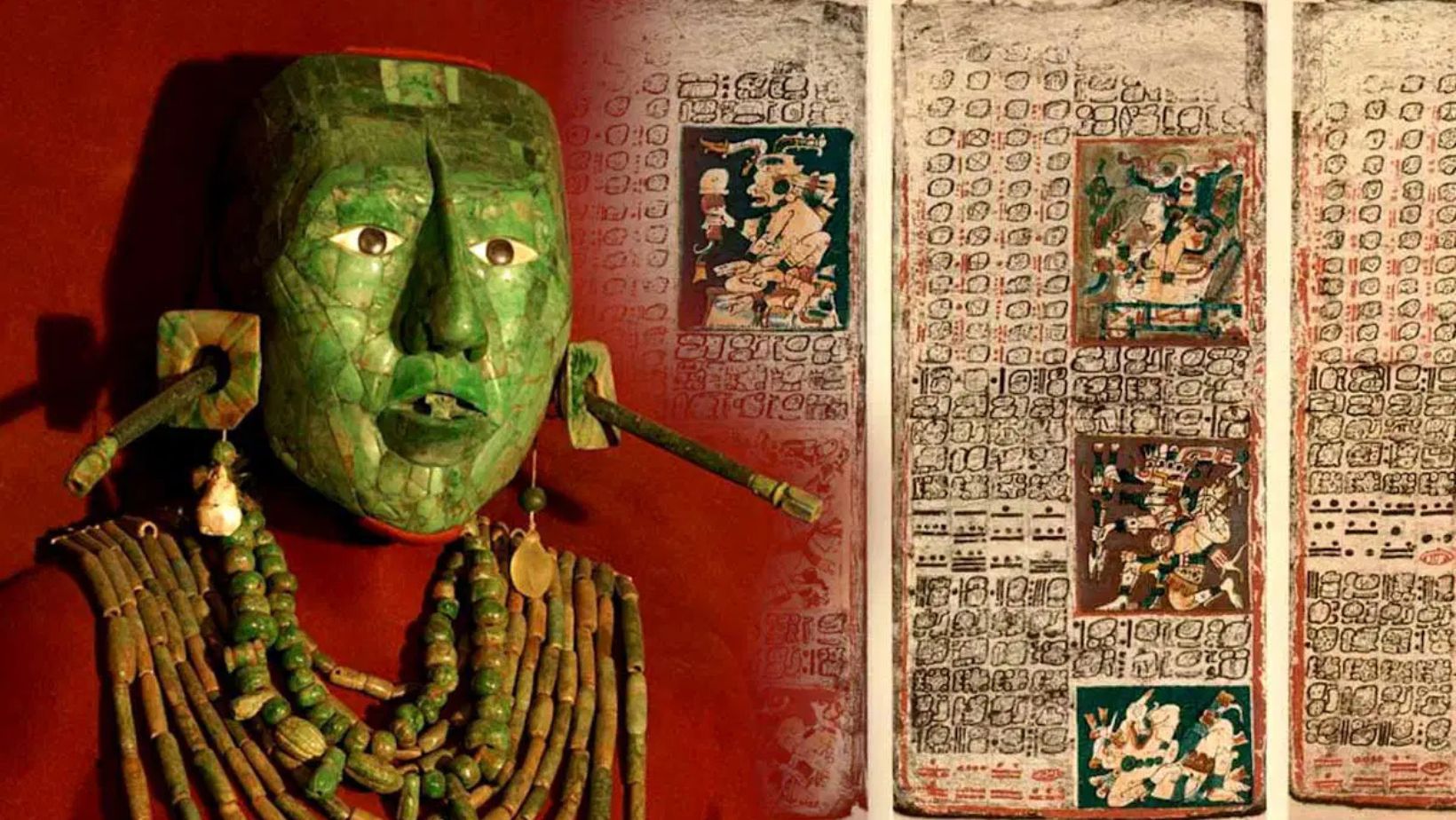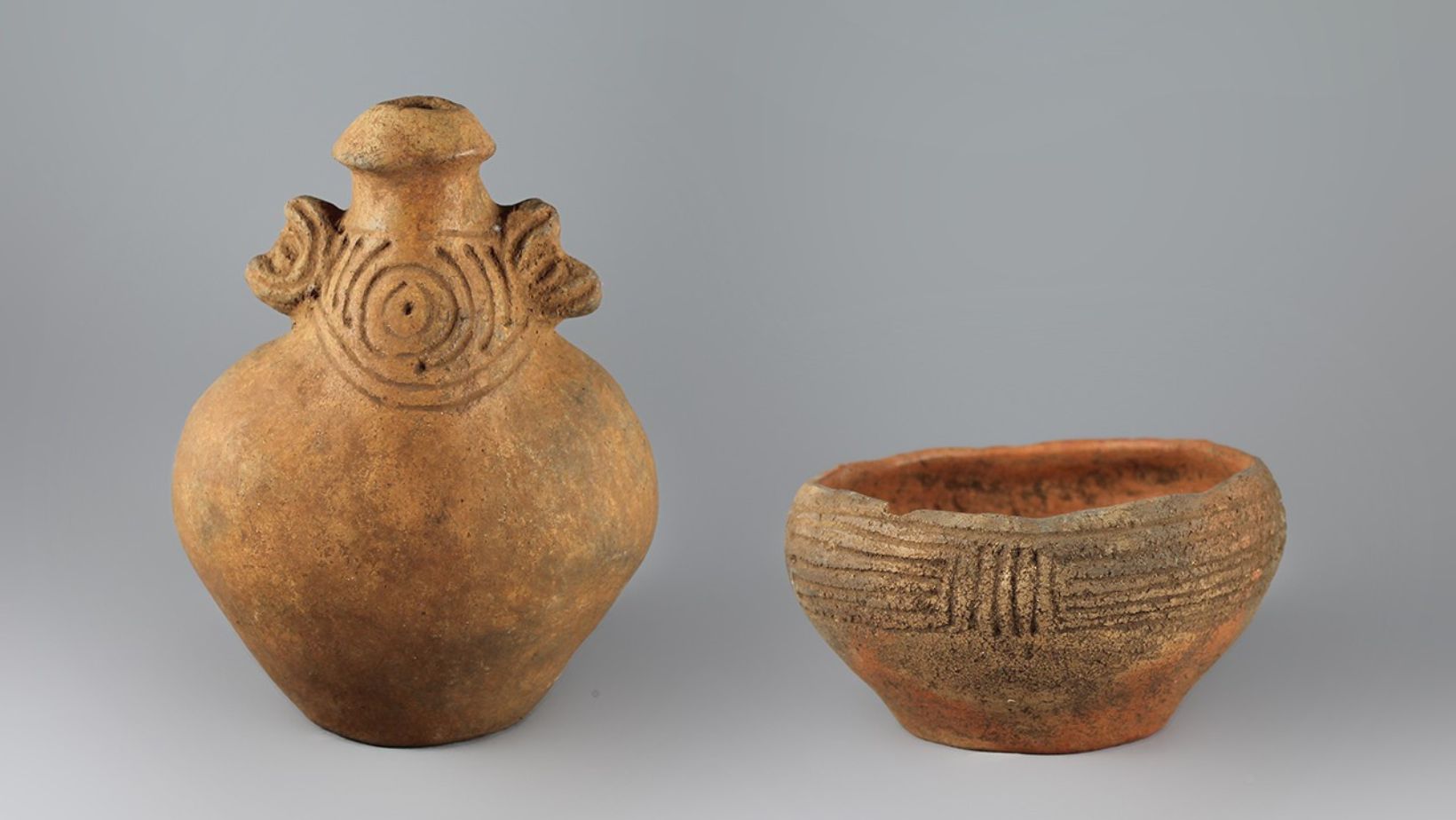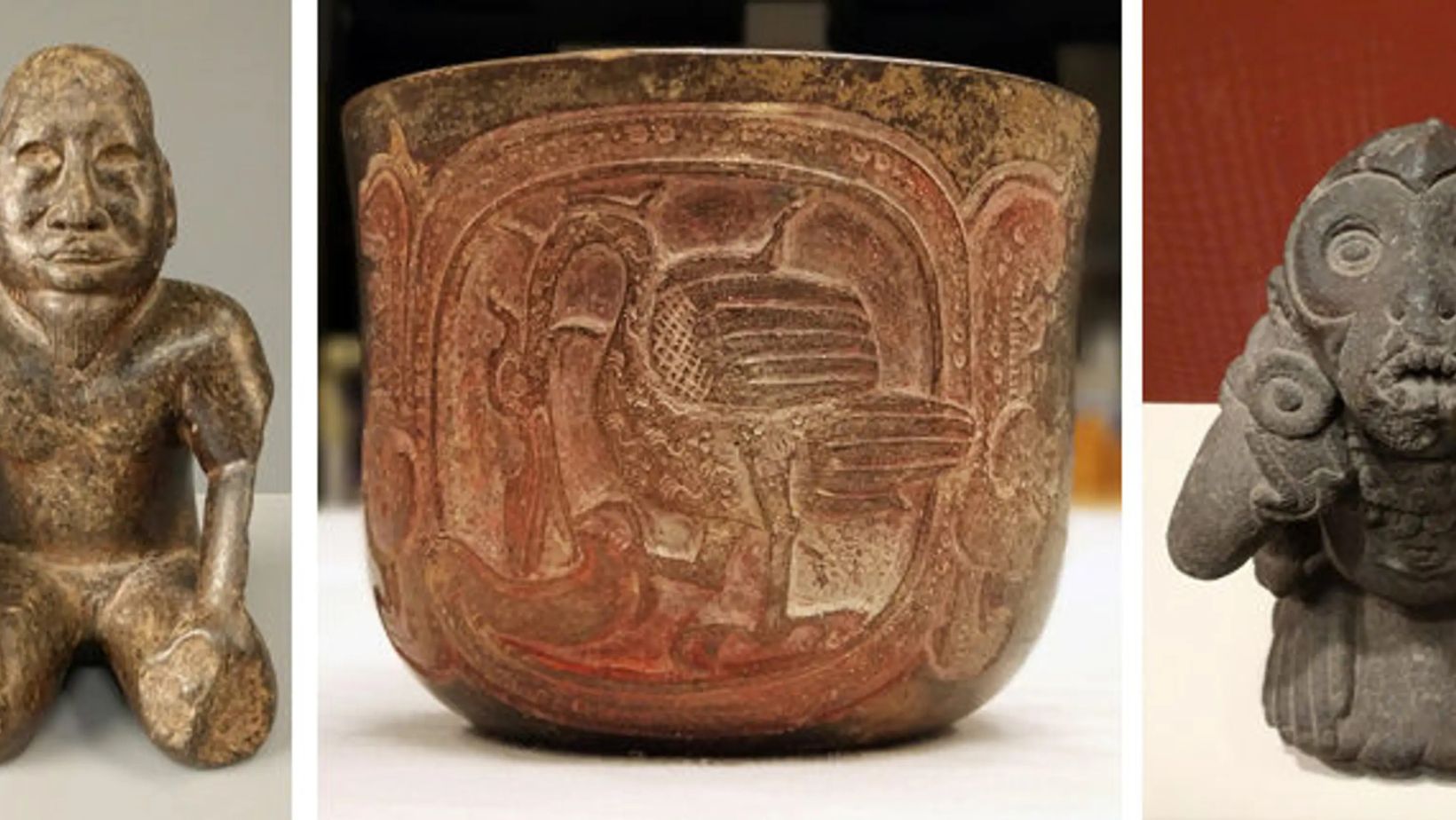Maya art is a captivating window into an ancient civilization known for its sophistication and creativity. From intricate pottery to stunning murals, each piece reflects the rich culture and beliefs of the Maya people. Art of the Ancients was not just decoration; it played a vital role in their daily lives and spiritual practices. By exploring Maya art, we uncover stories of gods, nature, and social structure. This journey into their artistic expressions helps us understand their worldview and the values they held dear. Let’s dive into the fascinating world of Maya art and discover what it reveals about this extraordinary civilization.
Historical Context of Art of the Ancients

The Maya civilization thrived in Mesoamerica from around 2000 BCE to the Spanish conquest in the 16th century. This ancient culture developed in what is now Mexico, Guatemala, Belize, Honduras, and El Salvador. The Maya were known for their advanced understanding of astronomy, mathematics, and agriculture, which significantly influenced their art. Art of the Ancients
Maya art evolved through several periods, including the Preclassic, Classic, and Postclassic. In the Preclassic period, art was mainly functional, focusing on pottery and simple carvings. The Classic period saw a flourish of creativity, producing intricate sculptures, murals, and monumental architecture. By the Postclassic period, while artistic styles shifted, the emphasis on religious themes and cultural identity remained strong, reflecting the society’s changes and challenges. Overall, the evolution of Maya art mirrors the civilization’s growth, achievements, and eventual decline.
Materials and Techniques Used in Art of the Ancients
Maya artists utilized a variety of materials in their creations, each chosen for its unique properties and significance. Stone was a primary medium for sculptures and monumental architecture, with limestone and jade frequently used for their durability and beauty. Clay was essential for pottery, allowing for intricate designs and forms. Additionally, textiles were vital in Maya culture, often woven from cotton and decorated with colorful patterns.
Various techniques were employed to bring Maya art to life. For sculptures, artists used carving tools made from obsidian and flint, meticulously shaping stone into detailed figures and reliefs. Pottery involved hand-building methods, such as coiling and slab construction, followed by polishing and painting with natural pigments. In mural painting, the Maya employed a technique called true fresco, applying mineral-based paints onto wet plaster, ensuring vibrant colors that have withstood the test of time. Each technique reflects the Maya’s deep connection to their environment and cultural identity, highlighting their artistry and skill.
Maya Sculpture: Stories in Stone
Maya sculpture played a crucial role in expressing cultural narratives and religious beliefs. Stone carvings and monuments were not only artistic achievements but also served as historical records. They depicted important events, notable rulers, and significant deities, thus reinforcing the social order and divine authority within Maya society. Each sculpture carried profound meanings, often reflecting the values and aspirations of the Maya people.
Famous examples of Maya sculpture include the stelae of Tikal, which commemorate the achievements of kings through intricate relief carvings. Another remarkable piece is the Altar Q at Copán, showcasing a series of sculptures that narrate the lineage of rulers. Additionally, the colossal heads at La Venta represent the Olmec influence on Maya art, symbolizing powerful leaders and their connection to the divine. These sculptures serve as gateways into the Maya worldview, revealing their beliefs in the cyclical nature of life and the interconnectedness of the natural and supernatural realms. Through these stone stories, we gain insight into the rich cultural heritage of the Maya civilization.
Pottery: Everyday Objects with Symbolic Meanings

Maya pottery is a fascinating blend of functionality and artistry. It served essential roles in daily life, including cooking, storage, and rituals. Different pottery styles emerged across various regions, with distinct shapes and sizes catering to specific purposes. For example, wide bowls were common for serving food, while narrow-necked jars were used for liquids.
The decorative motifs on Maya pottery offer deep insights into their culture. Common themes include animals, plants, and mythological figures, each carrying specific meanings. These designs often reflected the natural world and the spiritual beliefs of the Maya people. For instance, the serpent is frequently depicted as a symbol of fertility and regeneration.
Pottery also played a significant role in religious ceremonies. Ritual vessels, adorned with intricate designs, were used to hold offerings and participate in sacred rites. The craftsmanship of these pieces showcases the skill and creativity of Maya artisans. Overall, Maya pottery is functional and rich in cultural significance, telling stories of daily life and spiritual beliefs. Art of the Ancients
Murals and Wall Paintings: A Window into Daily Life
Maya murals and wall paintings provide a vivid glimpse into their daily life and beliefs. Found in temples and residential areas, these artworks depict various scenes that highlight social, religious, and political activities. Temples often showcase grand murals illustrating the lives of gods, rituals, and historical events, while residential murals reflect everyday activities like farming and family gatherings.
The themes in these wall paintings are diverse and rich in symbolism. Common subjects include ceremonies, warfare, and the importance of agriculture. Many murals also depict gods and mythical creatures, emphasizing the Maya’s connection to the spiritual world. These images served not only as decoration but also as storytelling, conveying values and beliefs to the community.
The artistry involved in creating these murals was sophisticated. Artists used natural pigments derived from plants and minerals to create vibrant colors. The techniques varied, but the overall effect was striking, drawing attention to important narratives. In summary, Maya murals and wall paintings are vital artifacts that illuminate the culture and daily life of the ancient Maya civilization.
Textiles: Weaving Culture and Identity
Textiles played a crucial role in Maya society, reflecting both cultural identity and social status. The Maya were skilled weavers, using traditional techniques to create intricate patterns and designs. Textiles were not just practical items; they were also significant cultural artifacts that conveyed messages about community and heritage.
Colors and patterns in Maya textiles carry deep symbolism. Each hue represents different meanings, often tied to the natural world or spiritual beliefs. For example, red might symbolize life and fertility, while blue could represent water and the sky. Additionally, specific patterns can signify a person’s community or social status, making textiles a form of communication.
Traditional garments were often worn during important ceremonies and festivals, reinforcing their cultural significance. Clothing styles varied among different Maya groups, showcasing regional identities. This diversity in textiles highlights the richness of Maya culture and the importance of weaving as both an art form and a means of cultural expression. Through textiles, the Maya preserved their identity and shared their stories with future generations.
The Role of Mythology in Art of the Ancients
Mythology is deeply embedded in Maya art, serving as a powerful vehicle for expressing cultural beliefs and narratives. Many artworks feature mythical themes that reflect the Maya understanding of the world. Common motifs include creation stories, heroic deeds, and the interactions between gods and humans. These themes illustrate the importance of mythology in shaping the Maya worldview.
Deities play a significant role in Maya artistic representations. Artists depicted gods in various forms, often showcasing their attributes and powers. For example, the rain god Chaac is commonly illustrated with lightning and a serpent, emphasizing his role in agriculture. Such representations reinforce the connection between deities and daily life, highlighting their influence on agriculture, fertility, and other essential aspects of Maya existence. Art of the Ancients
Maya art often served a ceremonial purpose, acting as a means of communication with the divine. Temples, pottery, and murals frequently featured scenes of rituals that involved the gods. This connection between mythology and art not only enriched Maya culture but also preserved their beliefs for future generations. By examining these artistic expressions, we gain valuable insights into the rich tapestry of Maya mythology and its impact on their civilization. Art of the Ancients
Ritual Objects: Art of the Ancients as Spiritual Expression
Ritual objects in Maya culture serve as vital expressions of spirituality and art. These items were crafted for religious and ceremonial purposes, reflecting the beliefs and practices of the Maya civilization. They often include offerings, figurines, and ceremonial vessels designed to honor deities and facilitate communication with the spiritual world. The creation of these objects was a sacred act, merging artistry with devotion.
One prominent example of ritual objects is the incense burners used in ceremonies. These beautifully crafted vessels were designed to hold burning materials, releasing fragrant smoke believed to carry prayers to the gods. Additionally, miniature sculptures called “offering figurines” were placed in tombs to accompany the deceased on their journey to the afterlife. Such objects symbolize the importance of the afterlife in Maya beliefs.
Maya ritual art also includes items like jade and shell ornaments, which were often used in ceremonies to display wealth and status. These objects were imbued with cultural significance, representing power and divine connection. Through these ritualistic artworks, the Maya expressed their spirituality, ensuring that their beliefs and values were preserved for generations.
Influence of Nature on Art of the Ancients
Nature significantly influenced Maya art, reflecting the civilization’s deep connection to their environment. The Maya viewed the natural world as sacred, and this belief was evident in their artistic expressions. Artists often depicted local flora and fauna, integrating elements of their surroundings into their work. This connection served to honor the gods associated with nature. Art of the Ancients
Common motifs in Maya art include intricate representations of plants, animals, and natural landscapes. For instance, the jaguar symbolized power and was frequently featured in sculpture and pottery. Similarly, depictions of maize, a staple food, appeared in various artworks, highlighting its importance to Maya culture. These representations were not just decorative; they held cultural and religious significance.
The Maya also used natural materials in their artwork, such as stone, clay, and plant fibers. This choice emphasized their relationship with the earth and showcased their resourcefulness. By celebrating their environment, Maya artists conveyed respect for the natural world. Ultimately, the influence of nature on Maya art reveals the integral role the environment played in shaping their cultural identity.
Preservation and Legacy of Art of the Ancients

Preserving Maya art is essential for maintaining the cultural heritage of this ancient civilization. Organizations and governments work to protect archaeological sites and artifacts from theft and environmental damage. Restoration projects aim to recover and conserve ancient murals, pottery, and sculptures. Education programs also play a vital role in raising awareness about the importance of protecting these treasures.
The legacy of ancient Maya art significantly influences contemporary artists. Many modern creators incorporate traditional techniques, themes, and symbols into their work. This connection to the past helps keep Maya culture alive and relevant today. By blending ancient styles with contemporary practices, artists bridge the gap between history and modern expression.
Exhibitions showcasing Maya art further enhance public appreciation. They highlight the skill and creativity of ancient artisans, inviting viewers to explore their cultural significance. Additionally, many artists advocate for indigenous rights and representation through their art. This commitment helps ensure that the legacy of the Maya continues to inspire future generations. Art of the Ancients
Conclusion: Art of the Ancients
Maya art is a profound reflection of the civilization’s culture, beliefs, and identity. Its enduring significance lies in its ability to convey stories, values, and historical narratives through various forms, from pottery to murals. By understanding and appreciating this art, we gain insights into the daily lives and spiritual beliefs of the Maya people. It’s crucial to support efforts that preserve this rich heritage for future generations. We encourage everyone to explore Maya art and its cultural context, fostering a deeper appreciation for the contributions of this remarkable civilization to our shared human history.
FAQs
What are some of the most famous examples of Maya art?
Famous examples include the intricate murals found in Bonampak, the stunning carvings at Copán, and the pottery styles from various city-states like Tikal and Palenque. Each of these pieces showcases unique artistic techniques and cultural significance.
How did Maya art evolve over time?
Maya art evolved through different periods, reflecting changes in social, political, and religious contexts. Early art focused on everyday life and agriculture, while later periods saw increased emphasis on mythology, divine rulers, and elaborate ceremonial themes.
What role did art play in Maya religious ceremonies?
Art was integral to religious ceremonies, often depicting rituals and deities. Objects like ceremonial masks, altars, and pottery were crafted specifically for spiritual purposes, reinforcing beliefs and the importance of the gods in daily life.
How is Maya art being preserved today?
Many organizations and governments are actively working to preserve Maya art through restoration projects, educational programs, and museums. This includes protecting archaeological sites and promoting traditional craftsmanship among contemporary Maya artists.
What impact has Maya art had on modern culture?
Maya art has influenced contemporary artists and designers, inspiring works that incorporate traditional motifs and themes. Its impact is seen in textiles, jewelry, and architecture, bridging the gap between ancient practices and modern creativity.

